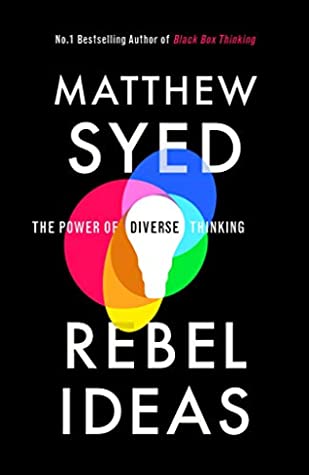Frontline staff are best place to identify problems & come up with solutions to maximise continous improvement.

We talk a lot about the need for consistency in our processes. Consistency ensures that your customers know what they are getting, and are consistently happy with what they get. It is the reason you get the same pickle in your burger whether you buy it from MacDonalds in London or Tokyo. It is the reason you get same swirl in your coffee froth in Starbucks in Paris or Melbourne. Consistency bonds clients. The same is true for SMEs. Your customers will be more bonded to your business (and spend more money with you) if they get the same great service. Whether that service is taking their booking, serving them dinner or caring for their pet. Consistency is achieved by having consistent processes – but not rigid processes. An important part of process management is the adaptability of those processes through continuous improvement. They must evolve with innovations, pressures from regulatory bodies and changing circumstances. Changes should be managed and consistently implemented across your organisation, whether that be across your team of 10 sales staff, your 10 branches or 10 international locations. So, you need a process to manage change successfully. An integral part of that change process is a process management platform .
Where should change come from?
Your team members may be the best people to identify the need for change in your business. Those doing the work are the most likely to come up with the best solutions. Managers often don’t get a great view from behind a desk! The workers will know how long certain processes take, they will see errors occurring and receive feedback from cutomers.
However, it can be really tricky to get team members to come forward with ideas. They may think it is not their place or be worried about feeling stupid. But for your business to be truly innovative you should encourage the sharing of all ideas, problems and questions about processes.
How to collect ideas for continuous improvement?

You could have an ideas whiteboard (physical or virtual) where people can add their thoughts. Or have a team member suggestion box so that ideas can be submitted anonymously. You could circulate a link to feedback forms so people can have their say.
On Training-Progress we have a ‘help’ button on every task on the programme which allows team members to submit a query about that task or process. Initially, it was created as a mechanism for users to ask for help, ‘Please can I have some training on this’ or ‘Which cupboard is this widget kept in?’ These are really important questions to receive, as right there, you have information that your process and training resources are not adequate. You can take action to improve them for your next team member’s training. More recently however, we have encouraged the use of the ‘help’ buttons to flag inconsistencies. If there is a process laid out and not all of your team are following the process, the whole team should be encouraged to flag this up. It may save loss of customers, your business reputation or even the health of a team member.
Lastly, this button allows team members to bring solutions to problems. So often great ideas do not get heard, get forgotten after a conference or hidden among a stream of emails. This mechanism gives your team the voice to be heard. Issues and ideas can be dealt with at the time, or if this is not practical, reporting systems allow you to collate all submissions for the process at a later date.
How do you encourage your team to contribute to continuous improvement?
This is a culture question. It needs to be in the culture of your business that you want to innovate, develop and improve. Engrained in the culture should be an equality of ideas. We have already said that the best view of your business is not from behind the desk in head office, it is behind the reception desk or on the clinic floor or on the production line. Ensure your whole team feel their view will be valued.
You could do this by anonymising the contributions, so that the laundry assistant’s idea carries as much weight as a director’s. Alternatively, you could incentivise contribution.
- Thanking people for any contributions during their appraisal meetings. Let them know that their ideas or questions have not fallen on deaf ears.
- You could give a prize for the team member who contributes the most at the end of the year. Remember, questions,flags and ideas all count as contributions.
- Or have a workplace raffle. Each contribution overthe year gets you one ticket to the annual raffle.
Training-Progress has simple reporting system which allow you to view all the contributions a team member has made and also a report comparing the number of contributions over the last 12 months, making these ideas easy to implement.
It is also worth incentivising the receipt of ideas and questions. If trainers and supervisors receive points for dealing with questions and ideas, they will be more open and encouraging to their colleague to receive more.
Rebel Ideas for a culture of Continuous Improvement

Matthew Syed’s 2020 book ‘Rebel Ideas’, evangelises on the power of thinking differently. Remember, your team is made up of a multitude of (hopefully) diverse people. Draw on all their ideas, knowledge and life experiences to innovate your processes and strengthen your service…but make sure you take the whole team with you.
